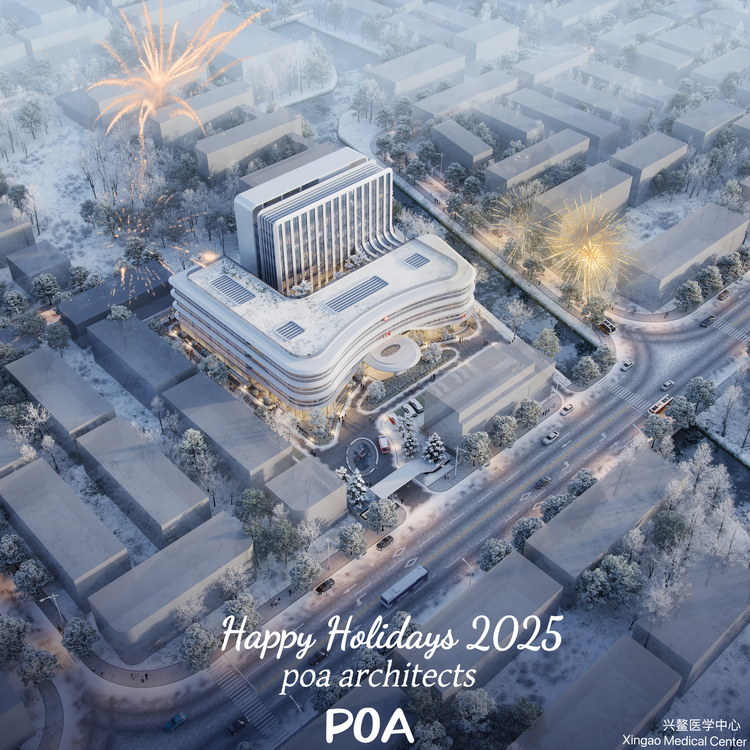The design for the renovation and transformation of old urban areas should be approached from multiple dimensions, taking into account functional improvement, cultural inheritance and sustainable development. The following are the specific strategies:
Planning and design concept
People-oriented: The core of the renovation project is to start from meeting the needs of residents, pay attention to people's living experience, and improve the quality of life. Before the renovation, through methods such as questionnaires and interviews, a thorough understanding of the residents' demands and expectations regarding the living environment, supporting facilities, and community services was achieved, and these demands were integrated into the renovation design.
Sustainability: Emphasizing resource conservation and environmental protection, adopting green building materials, optimizing energy utilization, and reducing environmental impact. For instance, in building renovations, energy-saving doors and Windows, insulation materials, etc. are used to enhance the energy efficiency of buildings. Increase the green area in the community and set up a rainwater collection system to achieve the recycling of water resources.
Functional enhancement: Improve community functions and increase public Spaces and facilities, such as green Spaces, fitness facilities, children's play facilities, etc. Based on the actual situation of the old urban areas and the needs of the residents, the location and scale of public Spaces should be reasonably planned to ensure that residents can conveniently use these facilities.
Cultural inheritance: Incorporate local cultural elements during the renovation process, maintain the historical context of the city, and enhance the sense of belonging of the community. Protect and renovate historical buildings, traditional streets and alleys in old urban areas, explore their cultural value, and promote the local history and culture to residents and tourists through display boards, cultural activities and other means.
Planning and design strategy
Spatial optimization: Make reasonable adjustments to the spatial layout of old urban areas, optimize roads, greenery, leisure Spaces, etc., and improve the efficiency of space utilization. For example, widen narrow roads and improve traffic conditions; Increase street green Spaces and small squares to provide residents with more places for leisure activities.
Facility renewal: Update old infrastructure such as water supply, power supply, and drainage to ensure the safe operation of the facilities. Renovate the aging pipeline network, adopt new materials and technologies to enhance the durability and reliability of the pipeline network; Update the old power equipment to ensure the safety of residents' electricity usage.
Environmental improvement: Renovate the environment of old urban areas, including garbage classification, sewage treatment, greening and beautification, etc., to improve the living environment. Establish a complete garbage classification collection and treatment system to enhance residents' environmental awareness; Strengthen the management of sewage treatment and discharge to reduce pollution to surrounding water bodies.
Intelligent construction: Introduce intelligent technologies, build intelligent security, smart home, intelligent parking and other systems, and improve the management level of the community and the convenience of residents' lives. Install intelligent access control systems at the entrances and exits of the community to strengthen the management of personnel and vehicles. Promote smart home devices in residents' homes to achieve remote control and automated management.
Renovation implementation strategy
Categorized measures: Formulate targeted renovation plans based on the different conditions of old urban areas. For dangerous housing, such as Grade D dangerous housing, accelerate the demolition and renovation. For the C-level dangerous housing on state-owned land and the non-complete housing of state-owned enterprises and public institutions, the renovation shall be carried out through reinforcement, reconstruction and reconstruction. Meanwhile, promote the transformation of building functions and their mixed utilization to enhance the efficiency of land use.
The "micro-update" model: Abandoning the traditional approach of "concentrating on a period of time and completing the renovation all at once" in the past, it adopts a "small-scale, gradual, and resident retention" micro-update model. For instance, in the renovation project of Xiaoxihu Lake, residents, the planning department, the construction unit, the community and the designer jointly formed a five-party consultation platform. Each house had its own strategy, and they worked together to study the renewal ideas, turning the voices of the residents into blueprints.
Multi-party participation: Establish a mechanism involving the government,
enterprises, residents and other parties, and give full play to the advantages
and roles of each party. The government has introduced relevant policies and
plans, providing financial support and guidance. Enterprises participate in the
investment and construction of projects, providing professional technical and
management experience. Residents actively participate in the formulation and
implementation of the renovation plan, supervise the renovation process, and
ensure that the renovation meets the needs of residents.
Policy and financial support
Policy support: The government should introduce a series of policies to support the renewal and transformation of old urban areas, such as simplifying the approval process, offering tax incentives, and providing financial subsidies. Clarify the positive list, negative list and control requirements for use conversion and compatible use, and improve the transitional policy for use conversion; Optimize the policies for centralized renovation of scattered land use, transfer of floor area ratio or rewards.
Fund-raising: Broaden the channels for fund-raising. Besides government financial input, social capital can also be attracted to participate. Encourage market entities to participate and implement tax and fee reduction policies related to urban renewal; Strengthen credit support; Improve the market-oriented investment and financing model, and promote qualified projects to issue infrastructure real estate investment trusts (REITs), asset securitization products, corporate credit bonds, etc.
